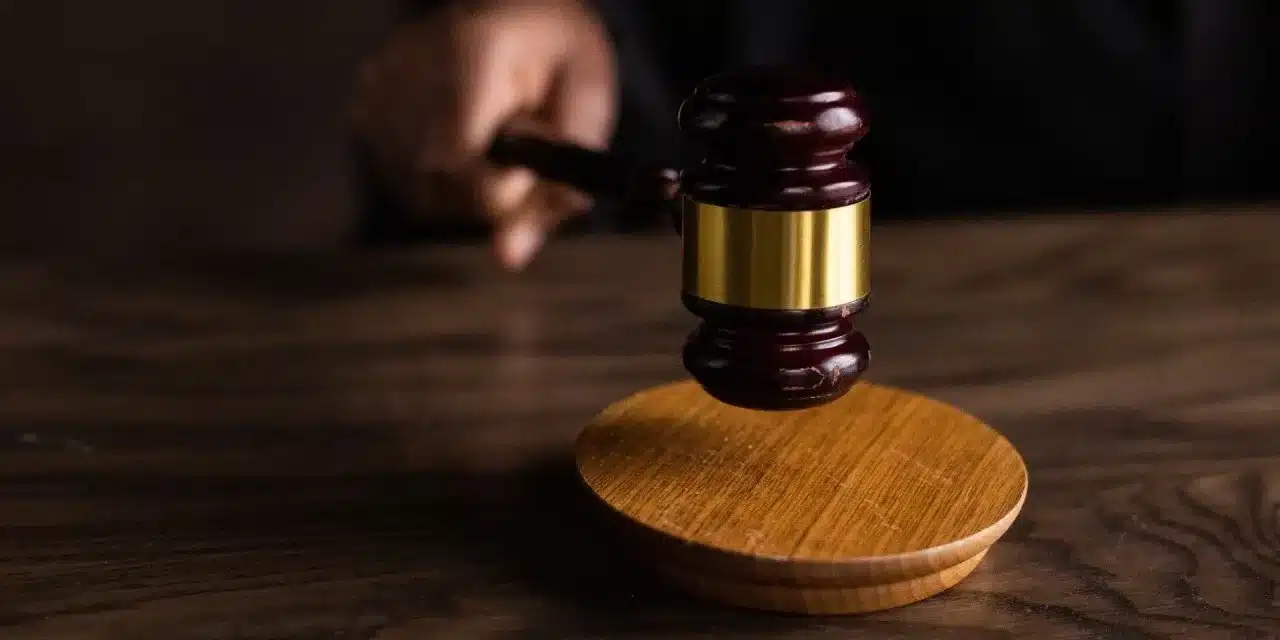About Dying Declaration
- A Dying Declaration is a statement made by a person who is dead.
- It is dealt with under clause (1) of Section 32 of the Indian Evidence Act 1872.
- Generally, it relates to the cause of death of the declarant.
- It is admissible as evidence in all proceedings, civil or criminal.
- The reason behind this can be followed by the Latin maxim ‘Nemo Mariturus Presumuntur Mentri’ which means that “Man Will Not Meet His Maker with Lying on His Mouth.
- Format:
- There is no specific format required for a dying declaration.
- It can be given orally, in writing, through gestures or signs, by a thumb impression, or even in the form of a question and answer.
- However, the statement must clearly and assertively convey the person’s intention.
- Ideally, a written declaration should be recorded using the exact words stated by the person making the statement.
- In cases where a magistrate records the dying declaration, it is usually done in a question-and-answer format. This allows the magistrate to gather maximum relevant information accurately.
- Who can record a Dying Declaration?
- The best form of declaration of dying would be the one recorded by the Magistrate.
- However, according to the Supreme Court’s guidelines, anyone can record the dying statement.
- A dying statement can also be recorded by public servants or by a doctor as well, where the victim is hospitalized.
- Evidentiary Value:
- A dying declaration carries significant weight in legal proceedings and can serve as the sole basis for a conviction without the need for additional corroborating evidence.
- However, the court must ensure that the statement of the deceased was not influenced, coached, or a result of imagination.
- It must also ascertain that the deceased was of sound mind and had a clear opportunity to observe and identify the assailants.
- If the person making the dying statement is likely to live, his statement is inadmissible as a dying statement.
Q1) What is the Indian Evidence Act, 1872?
The Indian Evidence Act, 1872 is a piece of legislation that governs the rules and regulations related to the admissibility, relevancy, and credibility of evidence in Indian courts. It outlines the procedures and guidelines for presenting evidence in both civil and criminal cases in the Indian legal system. The Act aims to ensure fairness, transparency, and consistency in the judicial process by establishing standards for the types of evidence that can be considered by the courts and how they should be presented and evaluated.
Source: Conviction Can Be Solely Based On Dying Declaration If It Inspires Confidence: Supreme Court
Last updated on December, 2025
→ Check out the latest UPSC Syllabus 2026 here.
→ Join Vajiram & Ravi’s Interview Guidance Programme for expert help to crack your final UPSC stage.
→ UPSC Mains Result 2025 is now out.
→ UPSC Notification 2026 is scheduled to be released on January 14, 2026.
→ UPSC Calendar 2026 is released on 15th May, 2025.
→ The UPSC Vacancy 2025 were released 1129, out of which 979 were for UPSC CSE and remaining 150 are for UPSC IFoS.
→ UPSC Prelims 2026 will be conducted on 24th May, 2026 & UPSC Mains 2026 will be conducted on 21st August 2026.
→ The UPSC Selection Process is of 3 stages-Prelims, Mains and Interview.
→ UPSC Result 2024 is released with latest UPSC Marksheet 2024. Check Now!
→ UPSC Prelims Result 2025 is out now for the CSE held on 25 May 2025.
→ UPSC Toppers List 2024 is released now. Shakti Dubey is UPSC AIR 1 2024 Topper.
→ UPSC Prelims Question Paper 2025 and Unofficial Prelims Answer Key 2025 are available now.
→ UPSC Mains Question Paper 2025 is out for Essay, GS 1, 2, 3 & GS 4.
→ UPSC Mains Indian Language Question Paper 2025 is now out.
→ UPSC Mains Optional Question Paper 2025 is now out.
→ Also check Best IAS Coaching in Delhi

















